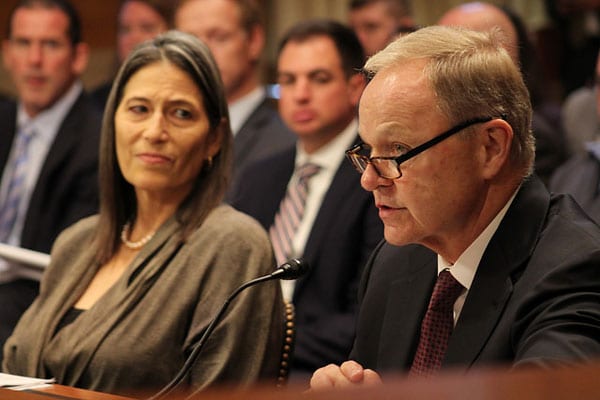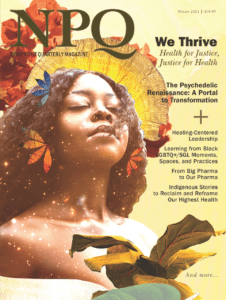
January 31, 2019; Guardian
Executives at Insys Therapeutics face a high-profile racketeering trial in Boston on allegations that they bribed and conspired to convince doctors to routinely prescribe a dangerously addictive fentanyl spray meant for use in cases of advanced cancer. The prosecution has termed the endeavor a criminal enterprise and, as the Guardian reports, this is but one of a number of pharmaceutical exec trials scheduled for the year.
While testimony in this trial so far has focused on the company’s attempts to get physicians to push the drug using tactics as far afield as lap dances and speaking fees, Insys has also made use of other means to influence sales—specifically, through nonprofit patient advocacy groups. These groups have come under scrutiny by the Department of Justice for being too closely tied to their pharmaceutical company funders and for linking, even indirectly, so-called philanthropic subsidies for medication to products produced by those funders. Thus, the professional “advocates” who bombard patients on all sides turn out to be bought and paid for.
In fact, we wrote about Insys in relation to the US Pain Foundation, which was cited in a 2018 Congressional report called Fueling the Epidemic for its close ties to opioid manufacturers.
Sign up for our free newsletters
Subscribe to NPQ's newsletters to have our top stories delivered directly to your inbox.
By signing up, you agree to our privacy policy and terms of use, and to receive messages from NPQ and our partners.
“The US Pain Foundation,” according to this report, “received the largest amount of payments during the 2012–2017 period—almost $3 million—which includes $2,500,000 in payments from Insys.”
Here’s how that report concludes:
The privacy the advocacy groups discussed above have guarded for their donors has come at a high price for the public debate on chronic pain and opioid use in the United States. As a 2011 study in the American Journal of Public Health noted, a tension exists between the status of advocacy organizations as “among the most influential and trusted stakeholders in US health policy,” and the reality that their “positions closely correspond to the marketing aims of pharmaceutical and device companies.” The findings in this report indicate that this tension exists in the area of opioids policy—that organizations receiving substantial funding from manufacturers have, in fact, amplified and reinforced messages favoring increased opioid use. By aligning medical culture with industry goals in this way, many of the groups described above may have played a significant role in creating the necessary conditions for the US opioids epidemic.
—Ruth McCambridge












